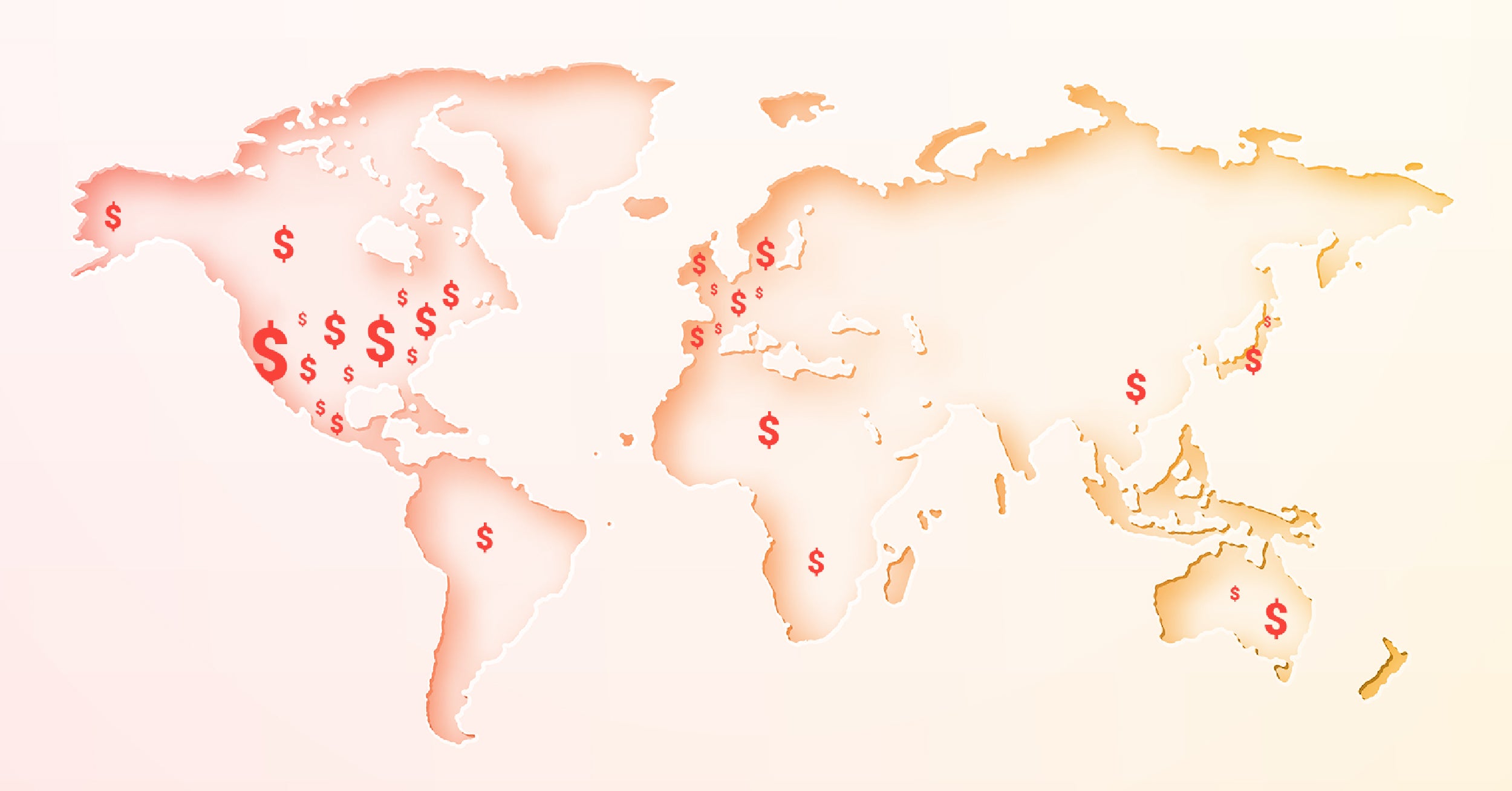As drug costs continue to rise, and manufacturers push back against manufacturer copay assistance and patient assistance programs being used by to reduce costs, there’s a renewed interest in international sourcing as an alternative means for lowering pharmacy spend.
International drug sourcing is the act of bringing prescription medicine to the U.S. from other countries – where they are often less expensive. This is primarily done in one of two ways:
- The client may acquire the drug through a vendor who works with a domiciled pharmacy – one that uses the U.S. as its primary place of business – that has international shipping capabilities.
- An individual may travel abroad and bring medication back with them. This is sometimes offhandedly referred to as “pharmaceutical tourism.”
For self-funded employers, either of these methods can be seen as an opportunity to purchase medications at a lower price.
First of all – why are drugs more expensive in the U.S.?
According to the Department of Health & Human Services (HHS), drug prices in the U.S. are nearly three times those paid outside the U.S.
Several factors influence these high prices. For one thing, a drug manufacturer’s prices must offset the cost of research and development for that drug and any of its other drugs that failed to go to market. With most drug innovation and research occurring in the U.S., a disproportionate amount of that expense falls on U.S. drug manufacturers.
Secondly, the U.S. has high-quality standards set by the U.S. Food and Drug Administration (FDA) to ensure our drug supply isn’t tarnished by the introduction of counterfeits into the marketplace. With this additional regulation that isn’t seen internationally, costs naturally increase.
Additionally, patients in the U.S. have greater access to medications than patients abroad. In single-payer health systems, which are common in other countries, limited access to therapies reduces overall costs. This isn’t true in the U.S., where we have access to a much broader range of medications.
Lastly, PhRMA (Pharmaceutical Research and Manufacturers of America, a pharmaceutical industry trade group) argues that substantially reducing the price of medications in the U.S. to what is seen internationally will hinder innovation and further research on new lifesaving treatments currently in the pipeline.

What to consider when weighing an international drug sourcing option
While patients can’t generally purchase medications in other countries and bring them into the U.S., current FDA guidance provides for two exceptions. First, the drug must not be used to treat a serious condition and pose no known significant health risk. Another less common circumstance allows for the importation of drugs if an effective treatment for a serious condition is not available in the U.S. In that case, the medicine may be imported as long as:
- It poses no apparent health risk to the patient compared to the potential benefit,
- The patient affirms in writing it’s for personal use,
- The quantity is limited to a 90-day supply, and
- The prescriber’s contact information is provided.
In this instance, when a drug is not approved in the U.S., the patient would travel abroad to procure the drug.
To determine if international drug sourcing meets a particular employer’s needs, consider several key factors carefully – from legal to clinical, to logistical, to financial.
Consult with a pharmacy benefits optimizer (PBO) like RxBenefits for a comprehensive and objective analysis of the pros and cons of international drug sourcing, along with other cost-containment strategies, to help keep benefits costs low and employee satisfaction high.




